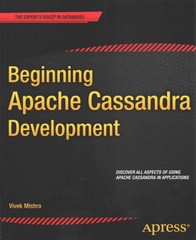Question
9. Consider IEEE double-precision floating-point arithmetic, using round to nearest. Let a , b , and c be normalized double-precision floating-point numbers, and let ,
9. Consider IEEE double-precision floating-point arithmetic, using round to nearest. Let a, b, and c be normalized double-precision floating-point numbers, and let , (Circle (straight middle line)) as as image, and (Circle (diagonal line)) as an image denote correctly rounded floating-point addition, subtraction, multiplication, and division.
(a) Is it necessarily true that ab = ba? Explain why or give an example where this does not hold.
(b) Is it necessarily true that (a b) c = a (b c)? Explain why or give an example where this does not hold.
(c) Determine the maximum possible relative error in the computation (a b) (Circle (diagonal line)) as an image c, assuming that c 0. (You may omit terms of order O( for all 2) and higher.) Suppose c = 0; what are the possible values that (a b) (Circle (diagonal line)) as an image c could be assigned?
I'm sorry for the representation the symbols couldn't paste here. I had to use word to visually represent them.
Step by Step Solution
There are 3 Steps involved in it
Step: 1

Get Instant Access to Expert-Tailored Solutions
See step-by-step solutions with expert insights and AI powered tools for academic success
Step: 2

Step: 3

Ace Your Homework with AI
Get the answers you need in no time with our AI-driven, step-by-step assistance
Get Started


